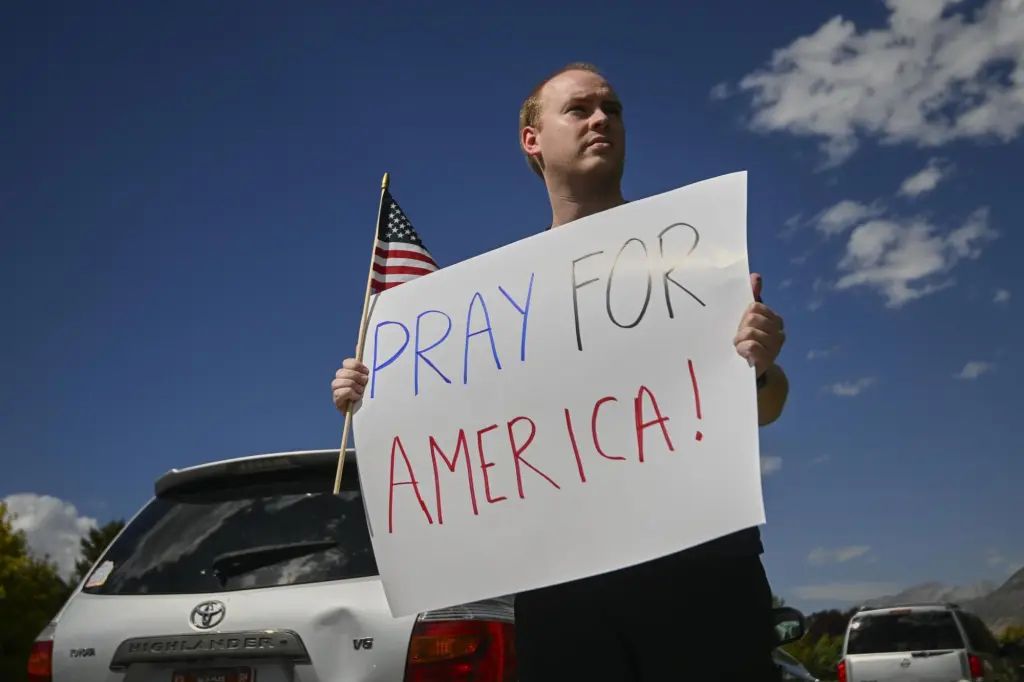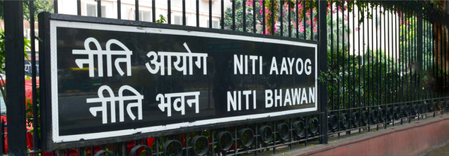
I’ve been thinking a lot this past week about martyrdom and its checkered history. Derived from a Greek word meaning to “witness,” it has most often been used in a religious setting, although that veneer has often proven useful for political purposes, including today.
Looking back over the centuries, it seems that if you want to become a prominent martyr, you need to check the following boxes:
• A set of beliefs that you and others claim to be universally true, despite any amount of evidence to the contrary.
• At least two groups of people, one of which believes that your death is proof of your righteousness, and the other group that just as fervently believes you to be insane and/or criminal.
• Contradictory post-mortem histories from both groups that weave increasingly false stories about either your abundant goodness or bottomless depravity to try to sway public opinion.
• Though not necessary, but by far the most attention-getting, a graphically appalling and very public death that somehow confirms your righteousness.
Consider Bartholomew, one of the twelve apostles who is supposed to have travelled from Jerusalem to Armenia to spread Christianity there. He successfully converted the king’s brother, and, in doing so, threatened the king’s authority over his realm. When he refused to stop his rabble-rousing, Bartholomew was flayed to death, a strip of his skin at a time (he is generally pictured holding his skin like a fringed cloak). One can understand why the leadership considered Bartholomew an outlaw and dealt with him accordingly. But they also cemented his martyr status, particularly in their choice of the manner by which his death was carried out.
Cassian of Imola (Italy) was a schoolmaster and an ex-bishop, responsible for teaching young boys from pagan families. He refused to even acknowledge the prevailing Roman religions of the time and was thus arrested by the authorities at the behest of the parents, who did not want such a heretic teaching their children. In a particularly cruel twist, Cassian was sentenced to die at the hands of those students. Given their small size and their limited weapons (mainly their writing styluses), Cassian was killed very slowly and painfully. From one viewpoint, a martyr, from another, a “groomer.”
In 11th-century Sweden, King Inge the Elder was forced off the throne because his semi-Christian beliefs radically undercut the long-time traditions and social order of the country. He was replaced by his brother-in-law, Blot-Sweyn, who restored the old ways and, with that change, the peace of the kingdom. Alas, Blot-Sweyn and his court were soon murdered (martyred, according to the prevailing narrative at that time) by the former Christian King Inge, who had the Swedish equivalent of a National Guard roast them all in a sealed house set ablaze. Inge then set about methodically replacing — in a non-too-gentle manner — anyone who dared disagree with his beliefs. Inge won through murderous political power, not the persuasiveness of his beliefs. But Inge is now seen as the righteous one and Blot forgotten. Not everyone who dies becomes a martyr.
My favorite cephalophor (beheaded martyrs) is Denis, first bishop of Paris, captured “sans tête” in a Notre Dame portal sculpture. It is said that after his beheading, his body picked up his head, which continued sermonizing for several miles, collapsing finally at the site of his future namesake basilica north of Paris. Graphic proof that death doesn’t silence the voice of a proclaimed martyr.
Whoever said “history is written by the victors” could have been thinking about martyrs. What all the above examples — and thousands more — have in common is their origins in scary uncertainty: deep emotional pulls in multiple directions, clashing narratives seeking to win public opinion, and an escalating cultic cycle of violence that ultimately ensures that one side “wins” and the other is erased.
We are in an early moment of martyrology writing now, about contemporary individuals who are already considered saintly by supporters and demonic by some opponents. I hope that we can collectively rise above our shared horror and respective biased narratives to honestly understand and agree on the reality of the moment, but both history and today’s federal administration’s words and actions do not give me much cause for optimism.
Fintan Steele is an ex-Benedictine monk and priest with a Ph.D. in biology/genetics. He spent most of his life in science communications, including scientific publishing and, most recently, for biopharma and academic centers. He and his husband live in Boulder County. Email: fsteele1@me.com.



